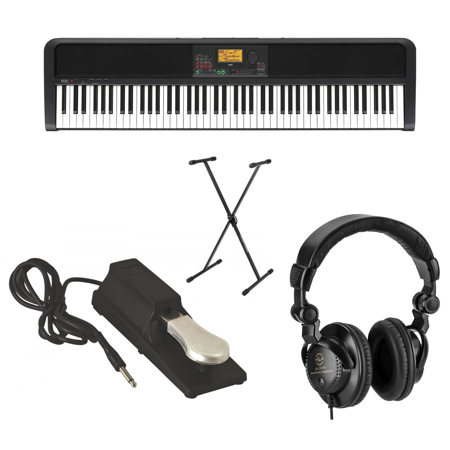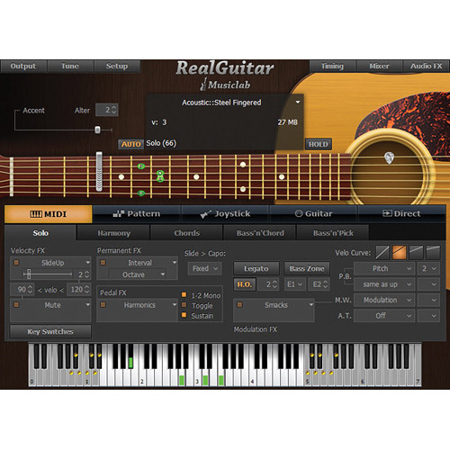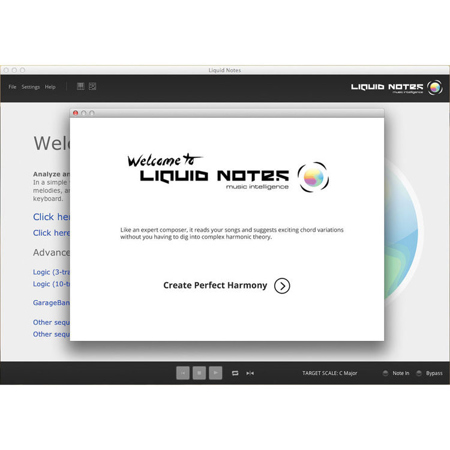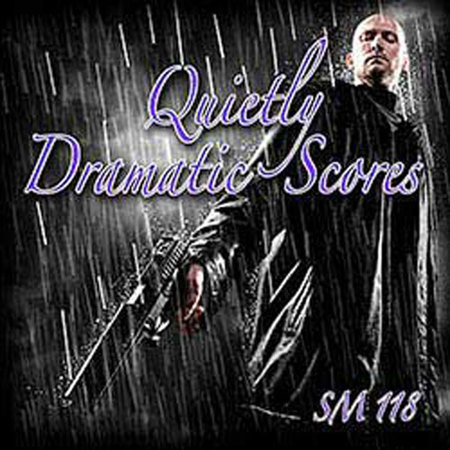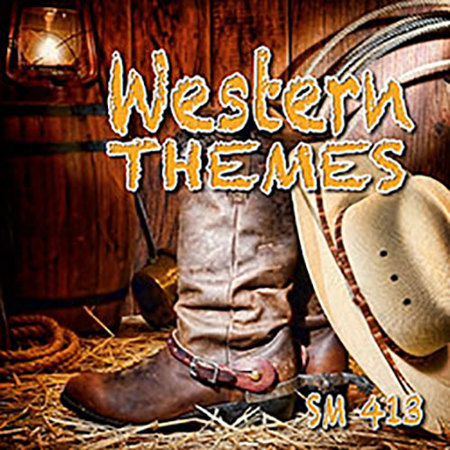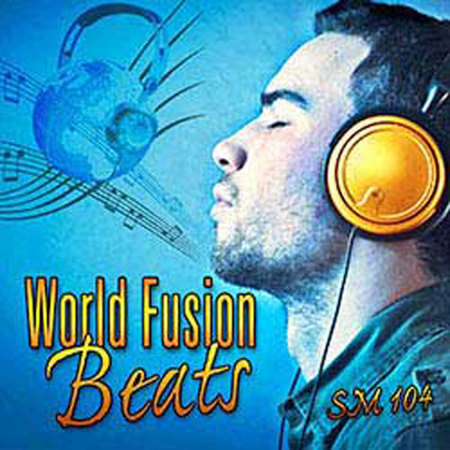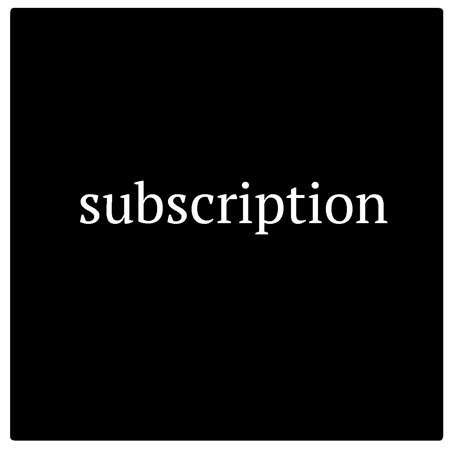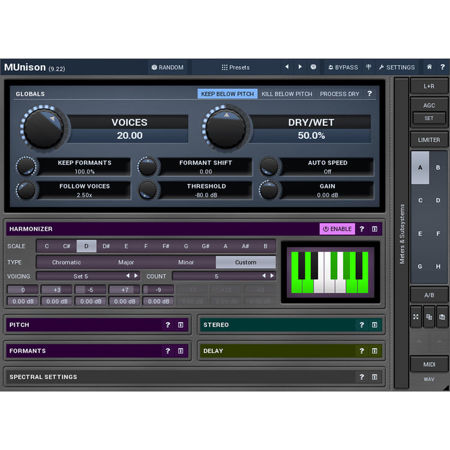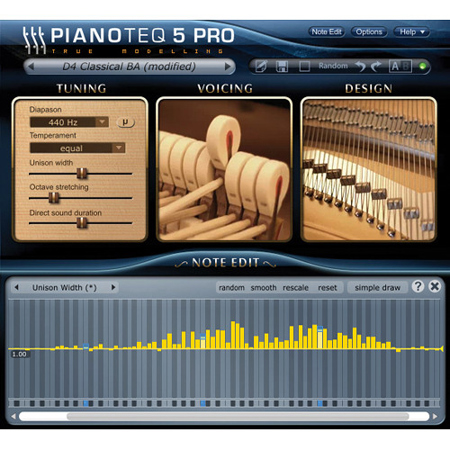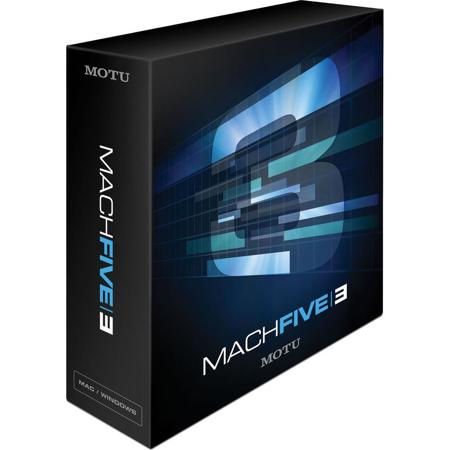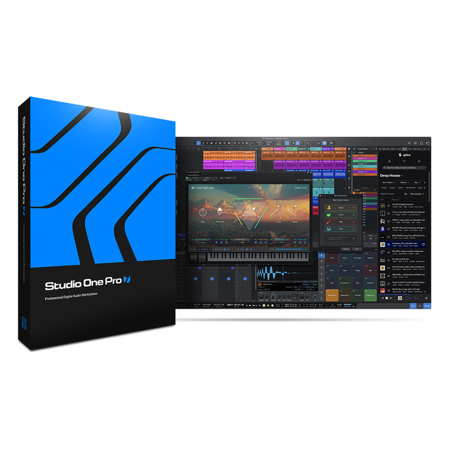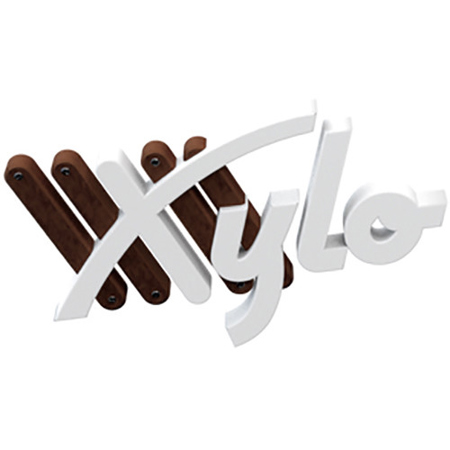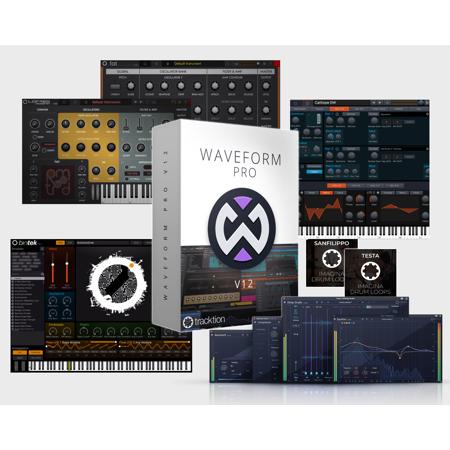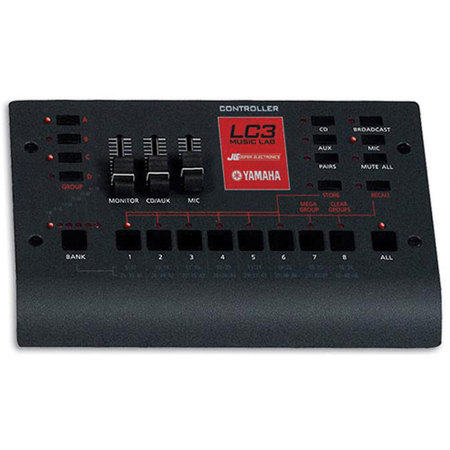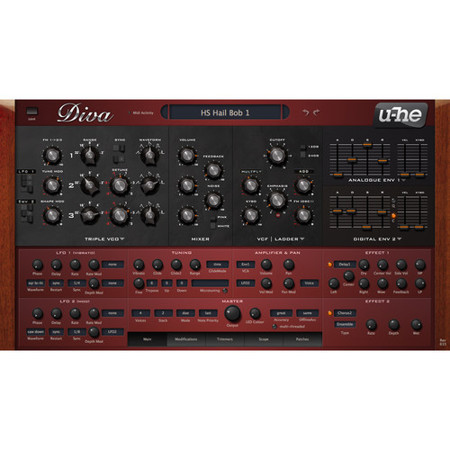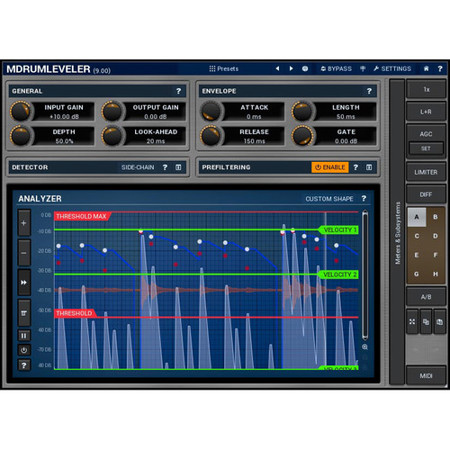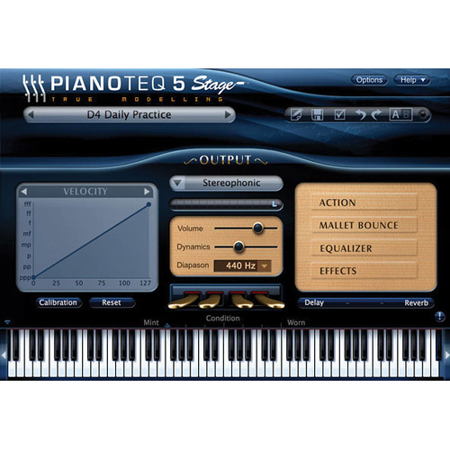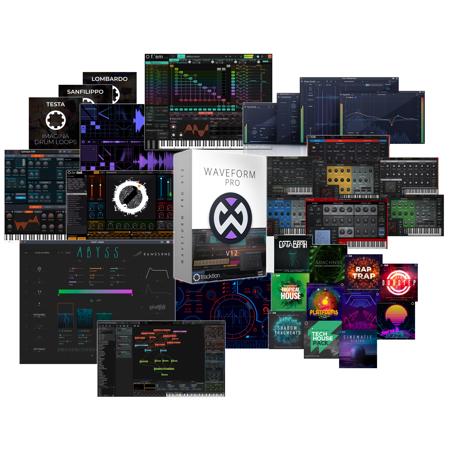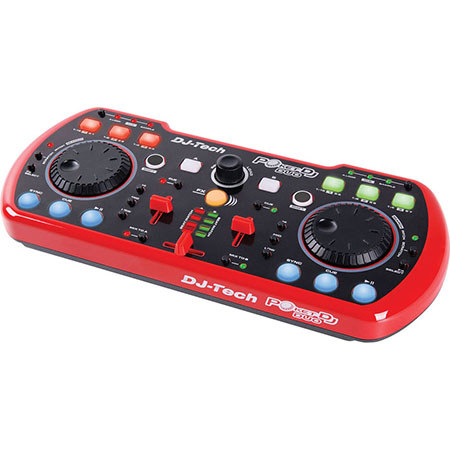Music Teaching Software
Music teaching software has become an essential part of modern music education, offering a diverse range of tools and features that cater to everyone from absolute beginners to seasoned professionals. Whether you’re a private instructor managing student assignments, a classroom teacher integrating technology into your curriculum, or a self-taught musician eager to sharpen your skills, music education software brings the classroom to your fingertips. These platforms often combine interactive lessons, real-time feedback, and creative collaboration spaces, making them ideal for today’s connected learners. For students, especially those balancing busy schedules or remote learning environments, the convenience of practicing scales, mastering notation, or composing original pieces from any device can make all the difference in maintaining enthusiasm and progress. As the days grow shorter and the holiday season approaches, music teaching software also makes a thoughtful, practical gift—perfect for aspiring musicians of any age, or for supporting a loved one’s passion for music during the cozy winter months.
When selecting the best music teaching software, it’s helpful to consider your specific learning goals and the context in which the software will be used. For example, some platforms excel in providing in-depth notation and composition tools, allowing users to write, share, and perform sheet music with ease—an invaluable resource for composers and band directors alike. Others focus on collaborative music-making, offering cloud-based workspaces where students and teachers can record, edit, and produce music together, regardless of distance. Many music teacher software solutions now feature integrated classroom management tools, enabling educators to track student progress, assign lessons, and communicate feedback in real time. For younger learners or those just starting out, look for software that gamifies the learning process or offers engaging visual aids, helping to demystify music theory and build confidence. Meanwhile, intermediate and advanced musicians may benefit from robust practice tools such as tuners, metronomes, and ear training modules, all designed to fine-tune technique and musicianship. With so many options available, it’s worth exploring a variety of music education software to find the right fit for your teaching style, instrument, and personal learning journey.
The landscape of music teaching software continues to evolve, reflecting advances in technology and the ever-changing needs of students and educators. Today’s best music teaching software is more than just a digital lesson book—it’s a comprehensive ecosystem that supports creativity, discipline, and community. From facilitating live online lessons with high-quality audio to managing entire classroom rosters and integrating with broader educational platforms, these tools empower teachers to reach more students and foster deeper engagement. At the same time, learners benefit from personalized feedback, instant access to extensive music libraries, and the ability to track their growth over time. Whether you’re preparing for a recital, building foundational skills, or simply exploring new genres and techniques, music teaching software offers the flexibility and support to help you reach your goals. For those interested in expanding their toolkit even further, be sure to browse our curated selection of Software For Musicians to discover additional resources tailored to every stage of your musical journey.
When selecting the best music teaching software, it’s helpful to consider your specific learning goals and the context in which the software will be used. For example, some platforms excel in providing in-depth notation and composition tools, allowing users to write, share, and perform sheet music with ease—an invaluable resource for composers and band directors alike. Others focus on collaborative music-making, offering cloud-based workspaces where students and teachers can record, edit, and produce music together, regardless of distance. Many music teacher software solutions now feature integrated classroom management tools, enabling educators to track student progress, assign lessons, and communicate feedback in real time. For younger learners or those just starting out, look for software that gamifies the learning process or offers engaging visual aids, helping to demystify music theory and build confidence. Meanwhile, intermediate and advanced musicians may benefit from robust practice tools such as tuners, metronomes, and ear training modules, all designed to fine-tune technique and musicianship. With so many options available, it’s worth exploring a variety of music education software to find the right fit for your teaching style, instrument, and personal learning journey.
The landscape of music teaching software continues to evolve, reflecting advances in technology and the ever-changing needs of students and educators. Today’s best music teaching software is more than just a digital lesson book—it’s a comprehensive ecosystem that supports creativity, discipline, and community. From facilitating live online lessons with high-quality audio to managing entire classroom rosters and integrating with broader educational platforms, these tools empower teachers to reach more students and foster deeper engagement. At the same time, learners benefit from personalized feedback, instant access to extensive music libraries, and the ability to track their growth over time. Whether you’re preparing for a recital, building foundational skills, or simply exploring new genres and techniques, music teaching software offers the flexibility and support to help you reach your goals. For those interested in expanding their toolkit even further, be sure to browse our curated selection of Software For Musicians to discover additional resources tailored to every stage of your musical journey.
